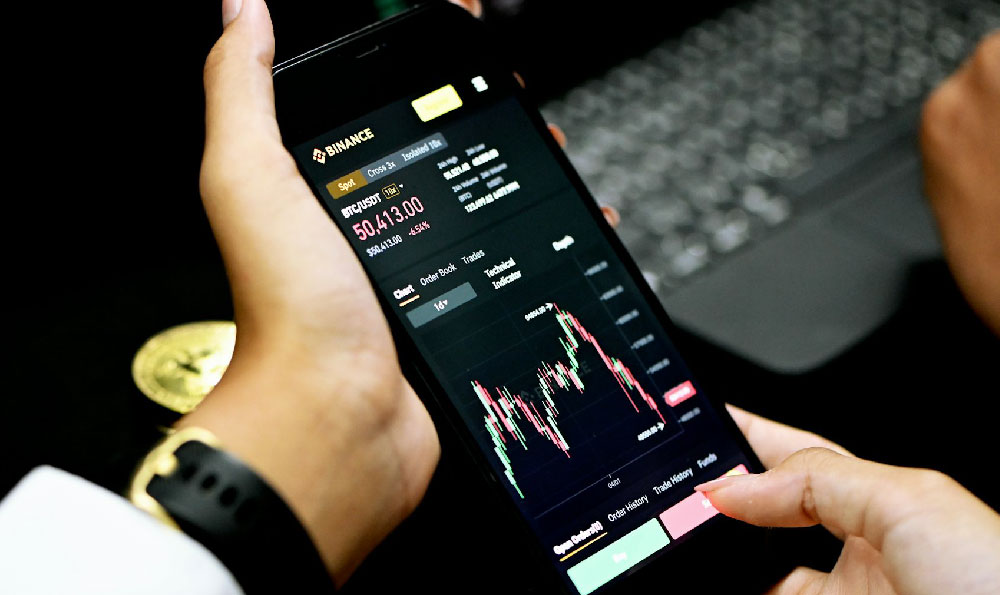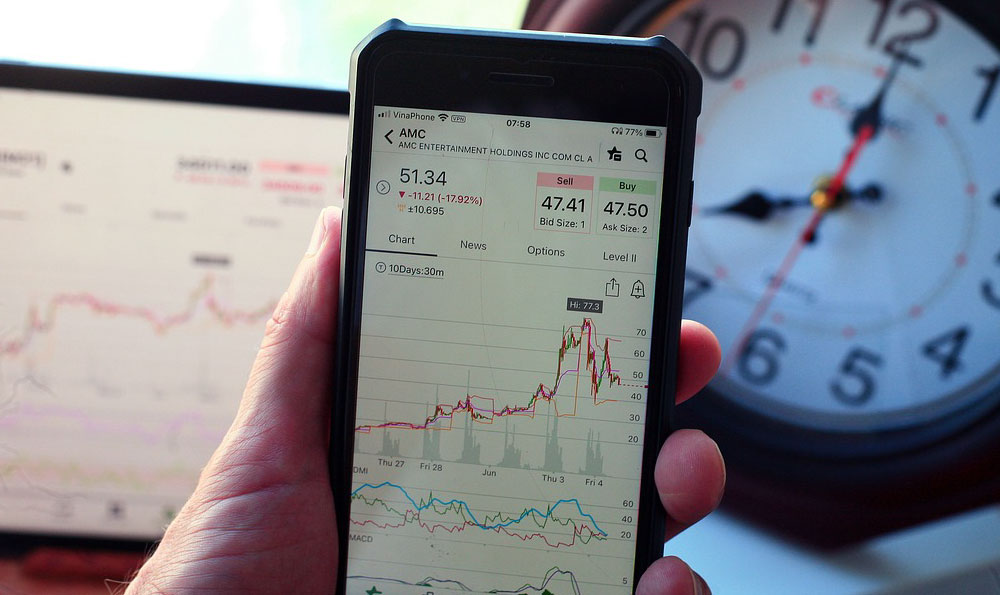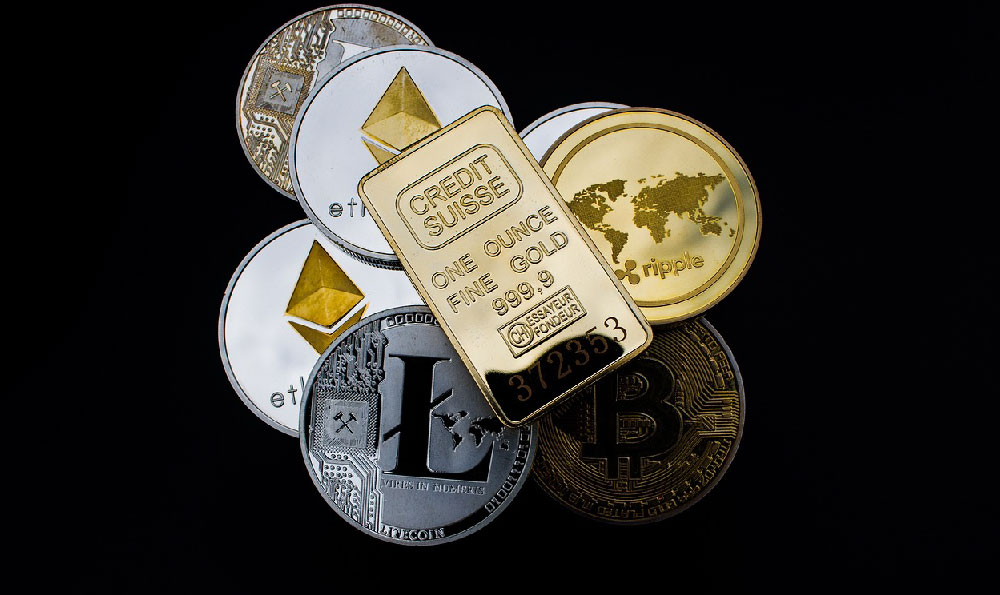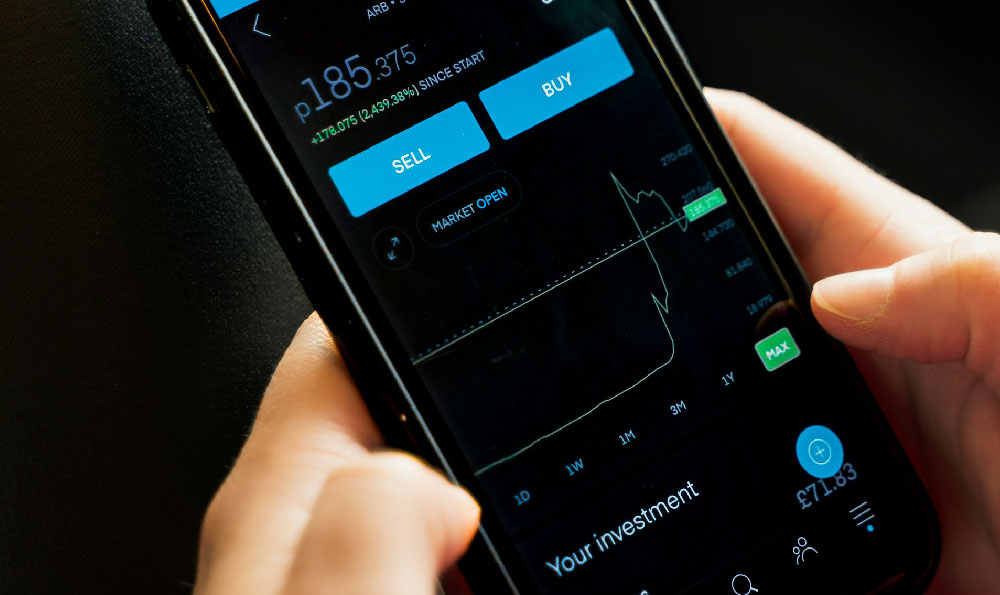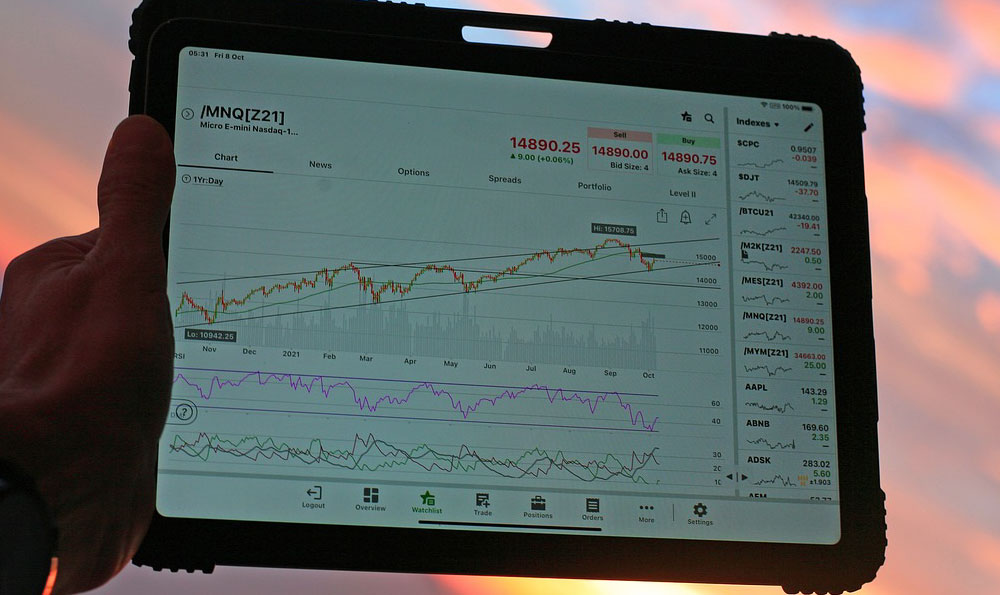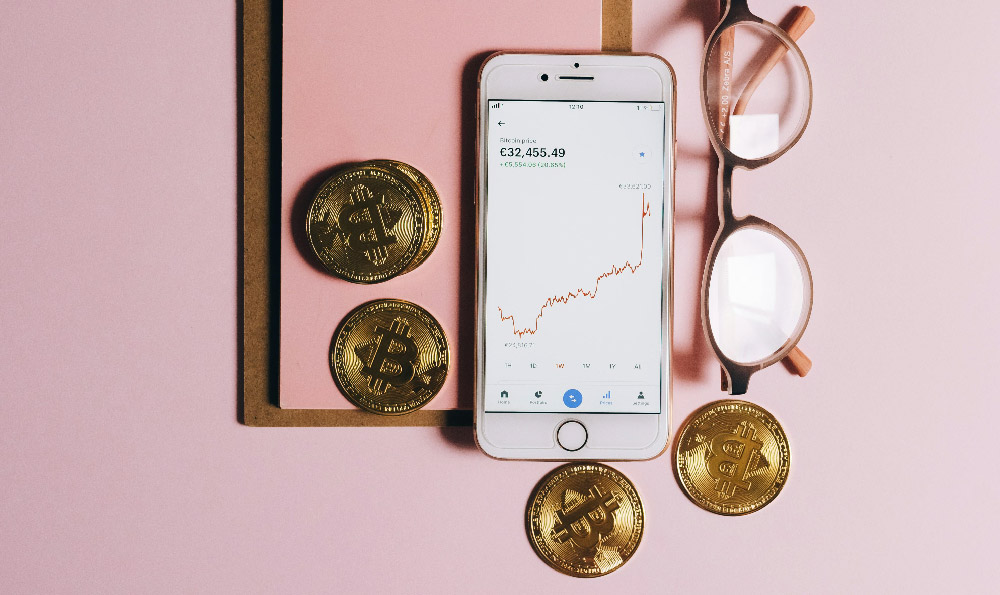Investing a substantial sum like $250,000 into cryptocurrency requires a carefully considered and strategic approach. It’s not simply about blindly diving into the market; it’s about understanding the landscape, managing risk, and aiming for sustainable growth. The question of whether it’s “worth it” is inherently personal and depends on your risk tolerance, financial goals, and investment timeline. However, with proper planning and execution, it can be a significant step towards achieving your financial objectives.
Before even considering specific cryptocurrencies, you need to establish a solid foundation. This starts with defining your investment goals. Are you looking for rapid short-term gains, or are you aiming for long-term wealth accumulation? Your answer will dictate the type of assets you invest in and the strategies you employ. Next, assess your risk tolerance. How much are you comfortable potentially losing? Cryptocurrency is notoriously volatile, and significant fluctuations are common. A conservative investor might allocate a smaller percentage of the $250,000 to crypto, while a more aggressive investor might be comfortable with a larger allocation. Finally, determine your investment timeline. Are you planning to hold your investments for months, years, or even decades? This will influence your investment choices and your rebalancing strategy.
Once you have a clear understanding of your goals, risk tolerance, and timeline, you can start researching and selecting specific cryptocurrencies. Diversification is key to mitigating risk. Don't put all your eggs in one basket. Instead, spread your investment across a variety of assets, including well-established cryptocurrencies like Bitcoin and Ethereum, as well as promising altcoins with strong fundamentals and potential for growth.

Bitcoin (BTC) is the original cryptocurrency and remains the dominant player in the market. It’s often considered a store of value and a hedge against inflation. Ethereum (ETH) is the second-largest cryptocurrency and the leading platform for decentralized applications (dApps) and smart contracts. Its ongoing transition to Proof-of-Stake (PoS) is expected to make it more scalable and sustainable.
Beyond Bitcoin and Ethereum, there are numerous altcoins with varying degrees of risk and potential reward. When evaluating altcoins, consider factors such as their technology, team, market capitalization, and use case. Look for projects that are solving real-world problems, have a strong community, and are backed by reputable investors. Examples might include Layer-2 scaling solutions designed to improve the speed and efficiency of blockchains, decentralized finance (DeFi) protocols that offer alternative financial services, and projects focused on innovative applications of blockchain technology. Thorough research is critical. Don’t rely solely on hype or social media trends. Consult reputable sources, read whitepapers, and understand the underlying technology before investing.
With $250,000, you have the opportunity to employ various investment strategies. Dollar-Cost Averaging (DCA) is a popular strategy that involves investing a fixed amount of money at regular intervals, regardless of the price of the asset. This helps to smooth out volatility and reduce the risk of buying at the top. Another strategy is staking, which involves holding certain cryptocurrencies in a wallet to support the network and earn rewards. Staking can generate passive income and increase your overall returns. Furthermore, you can explore yield farming, which involves providing liquidity to DeFi protocols in exchange for rewards. However, yield farming can be risky, as it involves interacting with smart contracts and exposing your funds to potential exploits.
Security is paramount when investing in cryptocurrency. Choose a reputable and secure cryptocurrency exchange to buy and sell your assets. Enable two-factor authentication (2FA) on your account to protect it from unauthorized access. Store your cryptocurrency in a cold wallet, which is a hardware device that keeps your private keys offline. This significantly reduces the risk of hacking and theft. Never share your private keys with anyone. Be wary of phishing scams and other attempts to steal your credentials. Remember, if it sounds too good to be true, it probably is.
Managing risk is crucial when investing in cryptocurrency. Set stop-loss orders to limit your potential losses. Regularly rebalance your portfolio to maintain your desired asset allocation. Stay informed about market trends and news. Be prepared to adjust your strategy as needed. Don't let emotions drive your investment decisions. Avoid FOMO (fear of missing out) and don't chase after quick profits. Stick to your plan and remain disciplined.
Taxes are an important consideration when investing in cryptocurrency. Cryptocurrency transactions are generally taxable events. Keep accurate records of your purchases, sales, and any other transactions. Consult with a tax professional to understand your tax obligations and ensure that you are complying with all applicable laws.
Investing $250,000 in cryptocurrency can be a rewarding experience, but it’s essential to approach it with caution, discipline, and a long-term perspective. Thorough research, diversification, risk management, and a solid understanding of the technology are all crucial for success. Don’t be afraid to seek professional advice from a financial advisor who specializes in cryptocurrency. With proper planning and execution, you can harness the potential of cryptocurrency to achieve your financial goals. Remember, it's not a get-rich-quick scheme, but a long-term investment strategy that requires patience, diligence, and a willingness to learn and adapt.



